第17回
世界こどもハイクコンテスト
The 17th
World Children's Haiku Contest
日本大会 Japanese Language Contest
大賞作品
(10句)
Grand Prize Works
(10 verses)
作品をクリックすると詳細をご覧いただけます Click on a work to see details
-
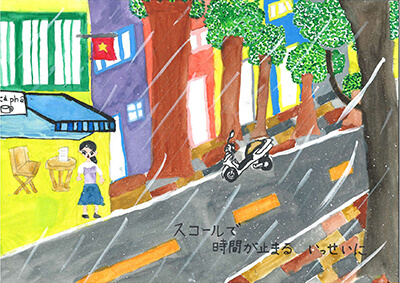
[作者情報][Author Information]
中村 柚月
( Nakamura Yuzuki )
Age 9
-
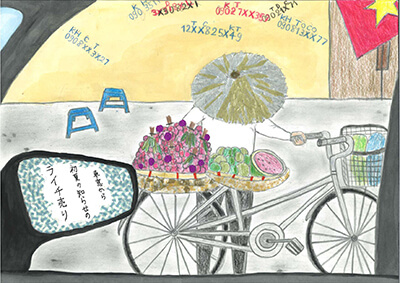
[作者情報][Author Information]
橋本 心響
( Hashimoto Kokona )
Age 15
-
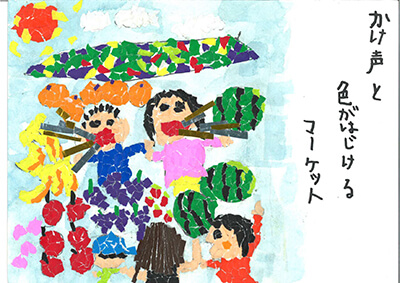
[作者情報][Author Information]
宮澤 慶之
( Miyazawa Yoshiyuki )
Age 9
-

[作者情報][Author Information]
中山 七海
( Nakayama Nanami )
Age 12
-

[作者情報][Author Information]
島津 美耶
( Shimazu Miya )
Age 15
-
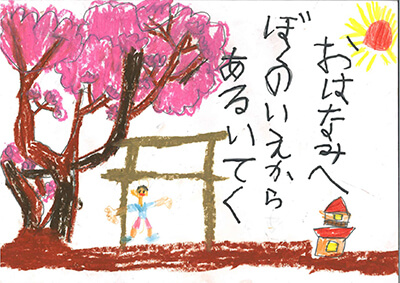
[作者情報][Author Information]
藤井 湊太
( Fuji Sota )
Age 6
-
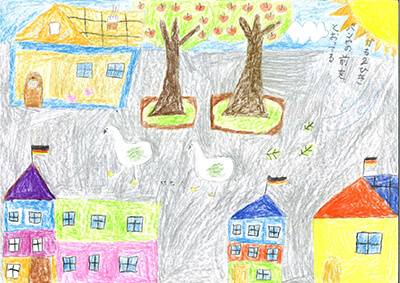
[作者情報][Author Information]
王 媛一
( Wang Yuanyi )
Age 7
-
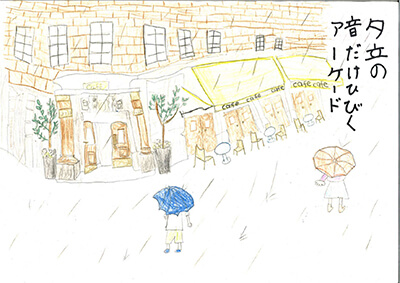
[作者情報][Author Information]
坂元 遙
( Sakamoto Haruka )
Age 8
-
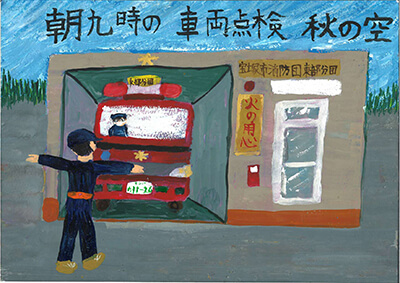
[作者情報][Author Information]
川端 泰寛
( Kawabata Yasuhiro )
Age 9
-
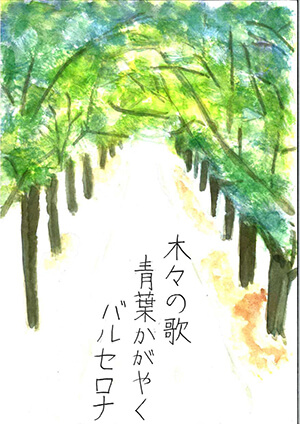
[作者情報][Author Information]
亀川 南帆
( Kamegawa Naho )
Age 12
入賞作品
(40句)
Award-Winning Works
(40 verses)
作品をクリックすると詳細をご覧いただけます Click on a work to see details
-
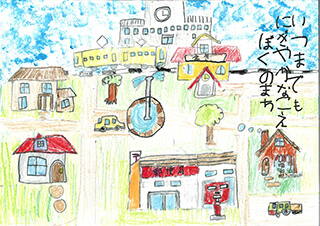
[作者情報][Author Information]
尾﨑 徠都
( Ozaki Raito )
Age 6
-
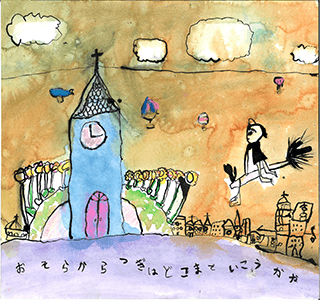
[作者情報][Author Information]
川﨑 杏奈
( Kawasaki Anna )
Age 6
-
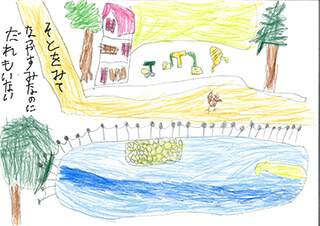
[作者情報][Author Information]
佐藤 海月
( Sato Mizuki )
Age 7
-
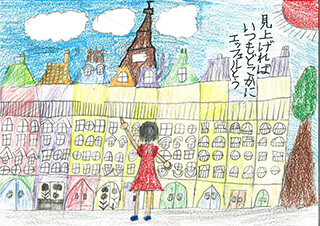
[作者情報][Author Information]
石谷 優佳
( Ishitani Yuka )
Age 7
-
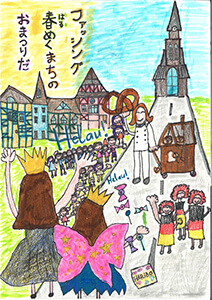
[作者情報][Author Information]
バイヤー 愛弓
( Beyer Ayumi )
Age 8
-
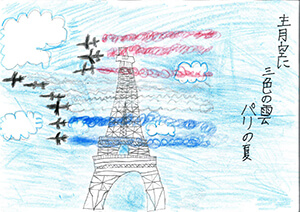
[作者情報][Author Information]
篠原 想囲
( Shinohara Soi )
Age 8
-
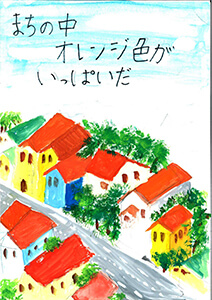
[作者情報][Author Information]
大西 茉奈
( Onishi Mana )
Age 9
-
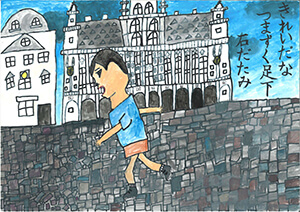
[作者情報][Author Information]
増田 仁
( Masuda Jin )
Age 10
-
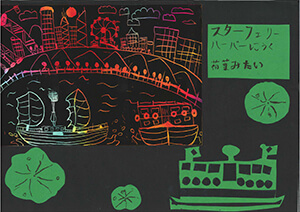
[作者情報][Author Information]
浄法寺 雅弘
( Johoji Masahiro )
Age 11
-
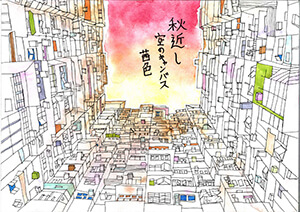
[作者情報][Author Information]
岩川 知世
( Iwakawa Chise )
Age 12
-
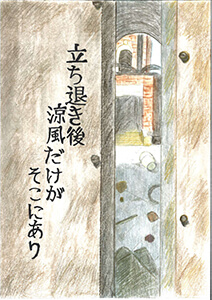
[作者情報][Author Information]
山本 瑠香
( Yamamoto Ruka )
Age 12
-
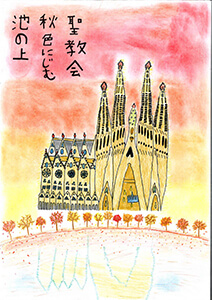
[作者情報][Author Information]
寺西 エレナ
( Teranishi Elena )
Age 12
-
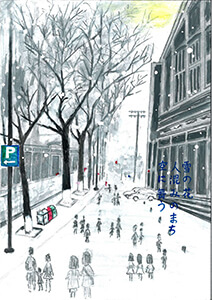
[作者情報][Author Information]
島田 琴音
( Shimada Kotone )
-
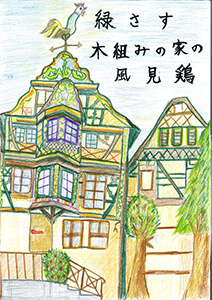
[作者情報][Author Information]
東 亜弥
( Azuma Aya )
Age 15
-
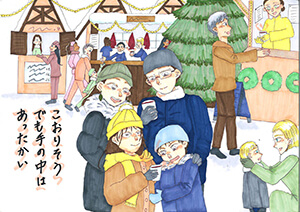
[作者情報][Author Information]
荒野 百花
( Arano Momoka )
Age 15
-
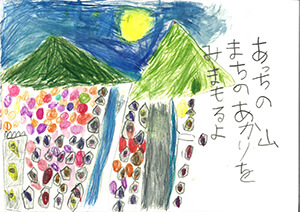
[作者情報][Author Information]
久冨 見雲
( Hisatomi Kenun )
Age 6
-
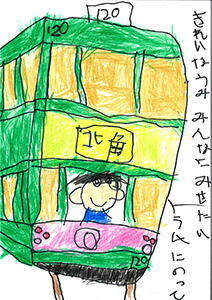
[作者情報][Author Information]
佐藤 維之助
( Satoh Inosuke )
Age 6
-
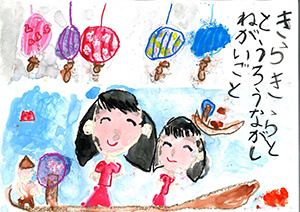
[作者情報][Author Information]
春日井 逢月
( Kasugai Azuki )
Age 6
-
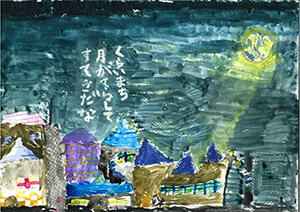
[作者情報][Author Information]
藤田 芽彩
( Fujita Mei )
Age 8
-
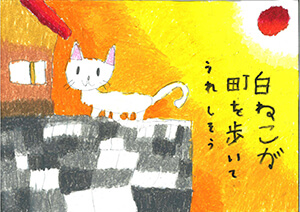
[作者情報][Author Information]
上野 月子
( Ueno Tsukiko )
Age 7
-
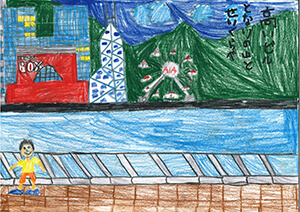
[作者情報][Author Information]
加藤 大樹
( Kato Daiki )
Age 7
-
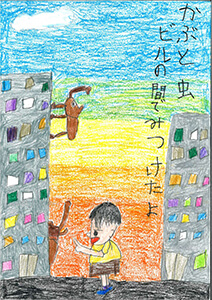
[作者情報][Author Information]
中村 健汰
( Nakamura Kenta )
Age 8
-
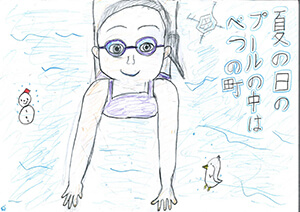
[作者情報][Author Information]
河井 優奈
( Kawai Yuna )
Age 8
-
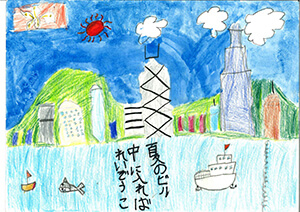
[作者情報][Author Information]
西野 朔
( Nishino Saku )
Age 8
-
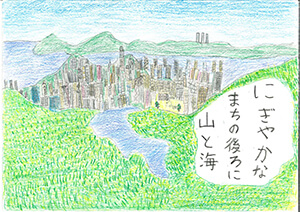
[作者情報][Author Information]
入谷 茉莉
( Iriya Mari )
Age 8
-
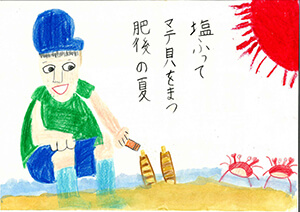
[作者情報][Author Information]
森岡 久利生
( Morioka kuryu )
Age 9
-
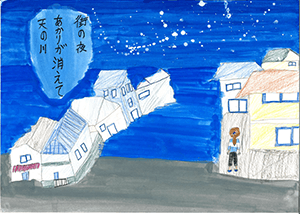
[作者情報][Author Information]
東海林 悠禾
( Shoji Haruka )
Age 9
-
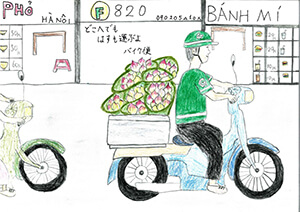
[作者情報][Author Information]
橋本 心結
( Hashimoto Shinon )
Age 10
-
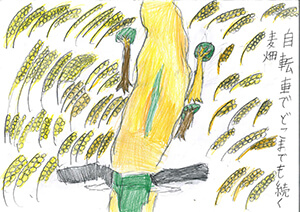
[作者情報][Author Information]
名倉 湊人
( Nagura Minato )
Age 10
-
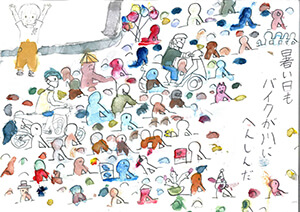
[作者情報][Author Information]
西村 紗那
( Nishimura Sana )
Age 10
-
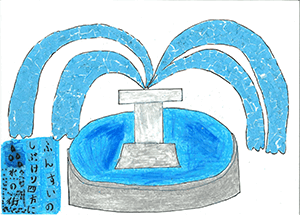
[作者情報][Author Information]
松井 淳
( Matsui Jun )
Age 11
-
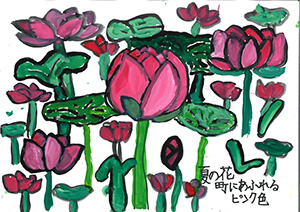
[作者情報][Author Information]
北園 葵音
( Kitazono Aoi )
Age 11
-
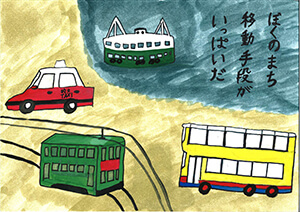
[作者情報][Author Information]
廣澤 勇希
( Hirosawa Yuki )
Age 11
-
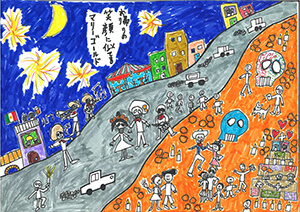
[作者情報][Author Information]
亀山 晴喜
( Kameyama Haruki )
Age 11
-
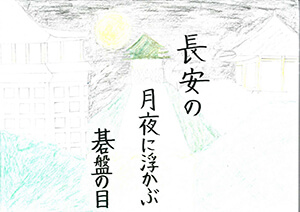
[作者情報][Author Information]
畠山 綺凛
( Hatakeyama Kirari )
Age 12
-
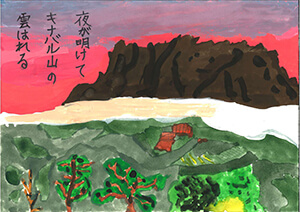
[作者情報][Author Information]
中村 俊介
( Nakamura Shunsuke )
Age 13
-
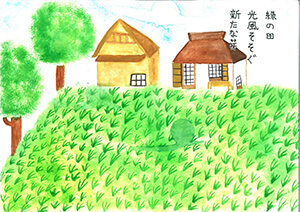
[作者情報][Author Information]
小林 瑞希
( Kobayashi Mizuki )
Age 13
-
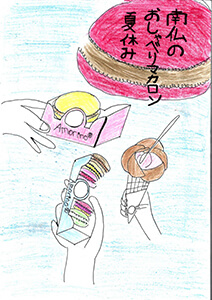
[作者情報][Author Information]
デミルタス 美玲奈
( Demirtas Mirena )
Age 13
-
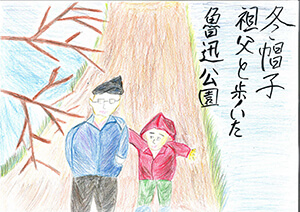
[作者情報][Author Information]
與那嶺 源太
( Yonamine Genta )
Age 13
-
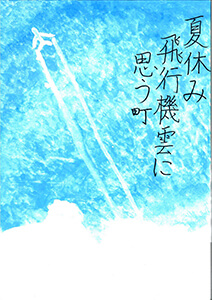
[作者情報][Author Information]
越智 大功
( Ochi Taiko )
Age 14
第17回 世界こどもハイク The 17th World Children's HAIKU
日本大会 概要 Overview of the Japanese Language Contest
- Total number of applications
- 2,168works
- Number of Winning Haiku
- Jal Grand Prize 10 / Jal Prize 40
- Judging Committee
- [Chairman]
Sho Otaka (Haiku poet, Haiku group AIBANA member ,Haiku association member)
[Member]
Tadao Nakamura (Haiku poet, Haiku group SHUNGETSU member, Haiku international association member Haiku association member)
[Member]
Yoko Noji (Haiku poet, Nikko haiku association member, Haiku group RIVER member, member of Sophia Haiku-Kai)
[Member]
Emiko Miyashita (Haiku poet, Association of Haiku Poets, Haiku international association councilor)
最終審査委員 全体講評 Final Judge's Overall Comments
[Chairman]
Sho Ootaka
[Member]
Tadao Nakamura
[Member]
Yoko Noji
We are sorry that we could not include everyone: children who lived in towns with tall buildings situated between mountains and the sea; in energetic and bustling towns with streets filled with motorbikes; in towns that experience subtropical squalls; and children who were moved by verdant trees in summer and falling leaves in late autumn; who drew beautiful sunsets of their city; who spent a heartwarming time with their family during a cold winter night; who were excited over colorful festivals, and so on, but we were so pleased to receive a wide variety of reports from alll over the world.
The colorful drawings and candid reports revealed the experiences, surprises, fun and emotions in the children's daily lives. They expressed the children's sensitivity and energy as they spent each day in their "towns"in Japan, Asia, Europe, and Central America, all with different climates, cultures, and natural environments, being their usual selves despite COVID-19 restrictions.
We sincerely hope that the pandemic, which has spread around the world, will end soon so that a bright future will unfold for children, who are rich in sensitivity.
[Menber]
Emiko Miyashita
As urbanization progresses all over the world, I hope that many children growing up in towns will be able to touch seasonality by writing haiku. The sky, wind, rain, trees, flowers, fruits, and other wonders that are not the creation of man but exist on their own will provide such opportunities daily. I think it is wonderful to see works that skillfully combine these elements with manmade buildings and streetcars. I will continue to select works with a sense of seasonality based on this idea: haiku is all about catching a moment in an ever-changing world.
他の大会の受賞作品を見るSee winning works from other competitions
- TOPTOP
- 第17回 こどもハイクコンテストThe 17th World Children's Haiku Contest
- 第17回 日本大会The 17th Japanese Language Contest


